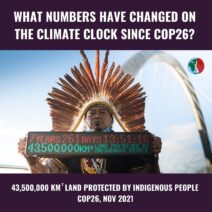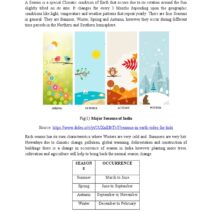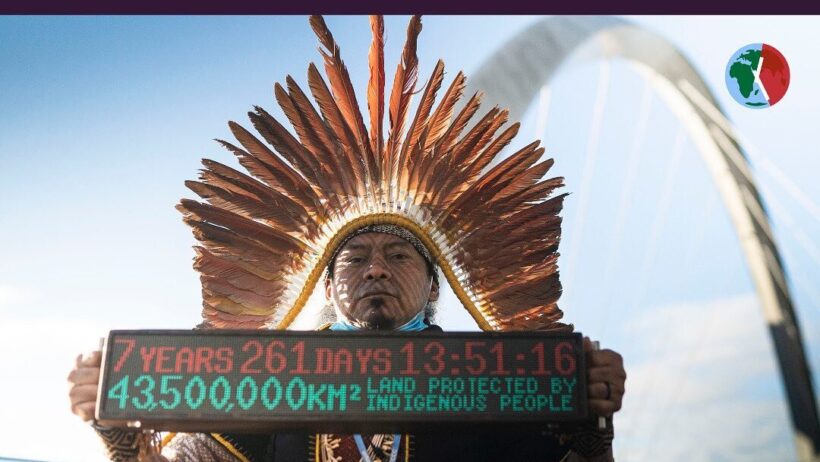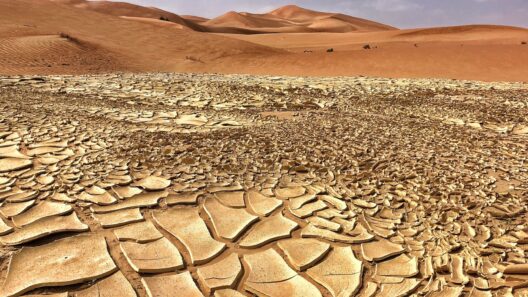As the sands of time trickle away through the hourglass of Earth’s climate, the metaphorical Climate Clock serves as both a stern reminder and a symbolic representation of the burgeoning crisis we face. Each tick echoes the urgency of our situation, a proclamation that we are wrestling with the very fabric of our environment. When the clock strikes zero, we do not merely welcome an end; we cross a threshold into uncharted territories, laden with dire consequences that will reverberate throughout the globe.
The concept of the Climate Clock encapsulates the reality that the window of opportunity for ameliorating climate change is shrinking. Time is of the essence, as scientific analyses predict devastating outcomes if decisive actions are not taken urgently. The dramatic irony lies in our awareness of this ticking timer, yet often feeling paralyzed by the enormity of the challenge.
At zero hour, we can anticipate the culmination of several critical phenomena. Firstly, we must grapple with continuous temperature hikes. Atmospheric carbon levels are on a relentless ascent. Should global temperatures rise beyond the threshold of 1.5 degrees Celsius above pre-industrial levels, we jeopardize the stability of climate systems that sustain life as we know it. Ice caps are waning, drowning coasts with relentless waves, and rendering once-familiar landscapes into inhospitable terrains. These changes will not miraculously revert; rather, they are formidable harbingers of a reconfigured Earth.
The cascading effects of these climatic shifts will unfold with the precision of a domino effect, as if nature itself had choreographed a grim waltz. Biodiversity loss is set to surge, as species struggle to adapt to their rapidly changing habitats. The haunting reality of extinction will cast a long shadow over our ecosystems. Flora and fauna that once thrived in balance will succumb to upheaval, with flora unable to migrate fast enough and fauna losing their habitats. The loss of biodiversity imperils the intricate web of life, threatening food security and contributing to a cycle of ecological collapse.
Water, the cradle of life, may transform into a harbinger of strife. Freshwater resources are dwindling as shifting precipitation patterns manifest into both devastating floods and crippling droughts. When the Climate Clock hits zero, conflict over dwindling resources may become commonplace. Communities once united by shared waterways could find themselves embroiled in deadly skirmishes, as the struggle for survival outweighs the bonds built through centuries of communal living.
Simultaneously, the health ramifications of unmitigated climate change will proliferate like wildfire. As air quality deteriorates, respiratory ailments will surge, affecting vulnerable populations the most. As extreme weather events occur with increased frequency, the suffering incurred will sow seeds of despair in communities already facing socioeconomic challenges. As the climate hazards emerge, they will regularly function as co-factors that exacerbate existing inequalities.
The economic ramifications are equally foreboding. Coastal cities, once thriving economic centers, will face existential threats. Massive investments in infrastructure will be rendered futile in the face of relentless sea-level rise. Entire industries will face disruption; agriculture will be reshaped as arable land succumbs to rising temperatures and irregular weather patterns. The ripple effect will touch every corner of the globe, ushering in economic instability that knows no borders.
However, amidst these foreboding predictions, it is crucial to pivot our focus towards resilience and adaptation. The clock may be ticking, but effective action is still attainable. In our dystopian ceaseless chase against time, there lies an opportunity for innovation and collaborative efforts. Transitioning to renewable energy sources is a pivotal step. Harnessing the sun, wind, and tides offers the prospect of a sustainable future, reducing our emissions and creating a green economy that empowers rather than enslaves.
Furthermore, reimagining our urban landscapes can mitigate the effects of climate change. By implementing green infrastructure—like parks, rooftop gardens, and permeable pavements—we can combat heat islands and manage stormwater runoff while simultaneously enhancing urban life. Facilitating community-based programs empowers local populations to take ownership of their ecosystem. Through education and resources, individuals can contribute to the mitigation of climate change in a meaningful way, one small act at a time.
The final warning illustrated by the Climate Clock embodies our capacity for transformation. This moment is not simply about despair. As the clock ticks, we are called to action, to become stewards of our planet, to advocate and innovate. The hour may be late, but it is not too late. The choices we make today will define the legacy we leave for generations yet to come.
When the Climate Clock finally strikes zero, it will not signify an end. Instead, it stands as a call to arms, compelling us to embrace the collective duty we share in averting a climate catastrophe. With concerted efforts amid individual actions, we can warmingly temper this gloomy narrative into a story of resilience, unity, and hope. Let us respond with the urgency this moment demands, for the sound of the clock ticking is not simply a countdown; it is a summons towards a sustainable and equitable future.







